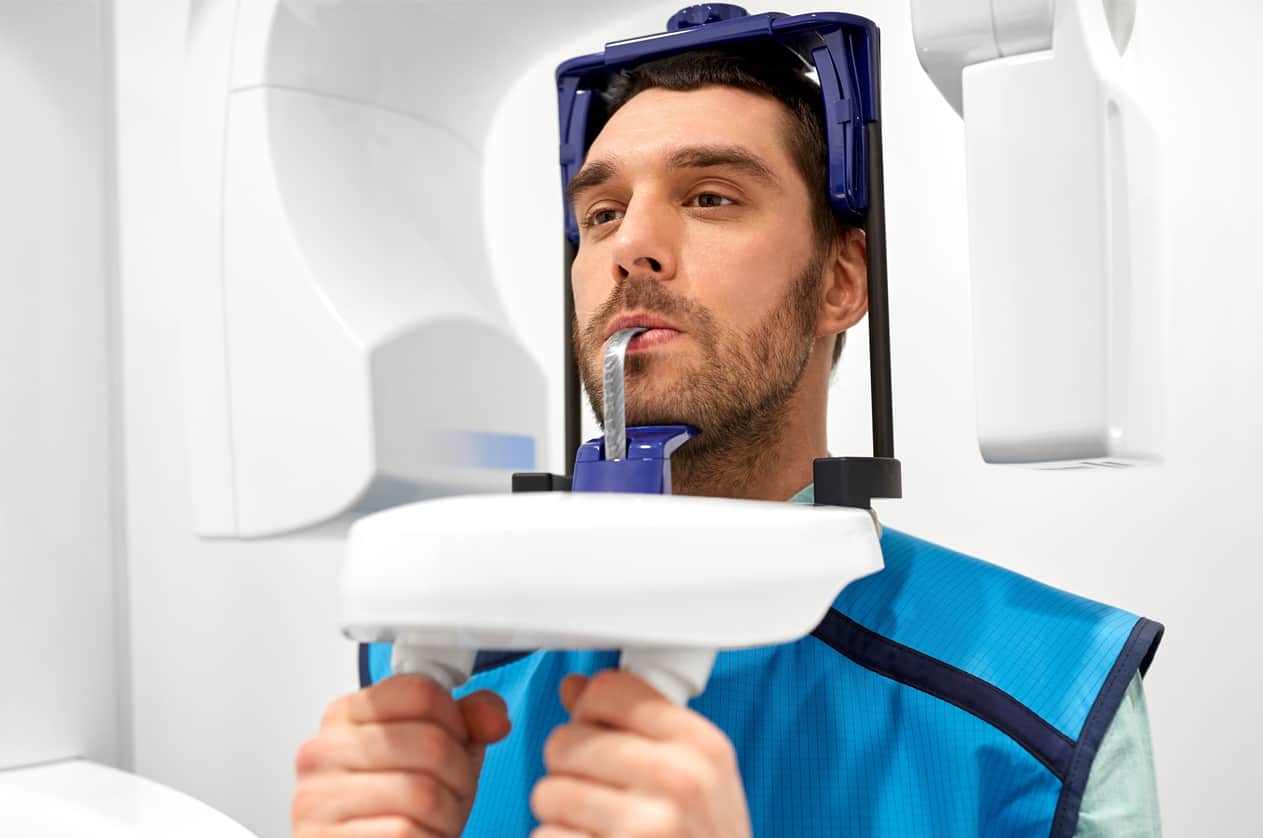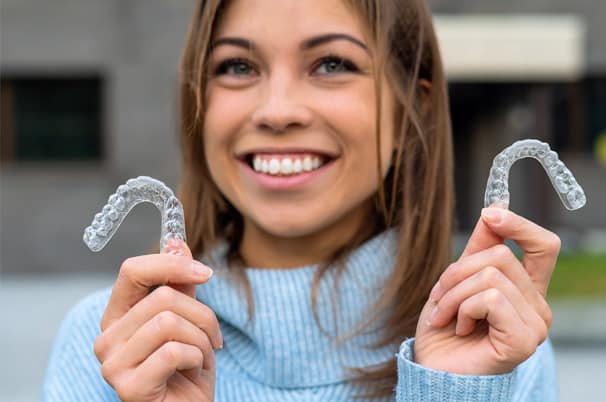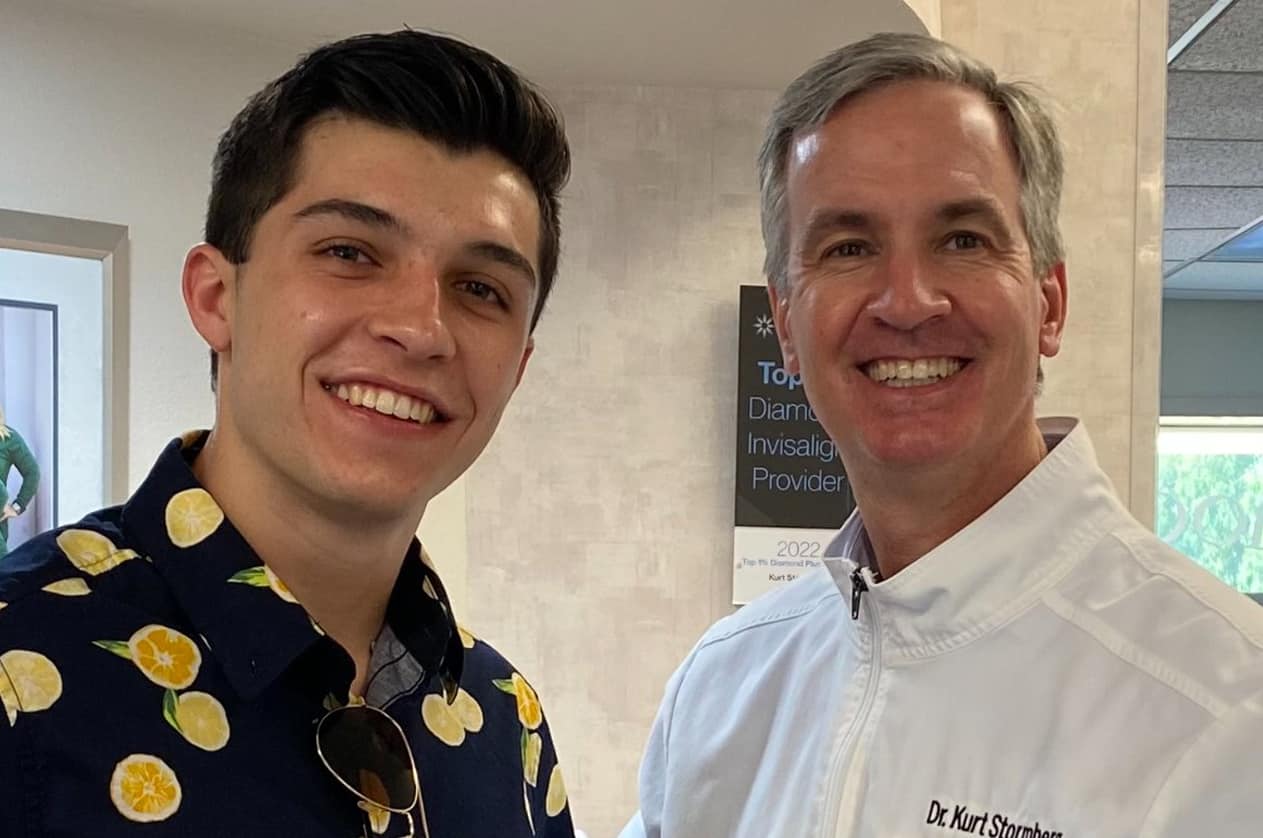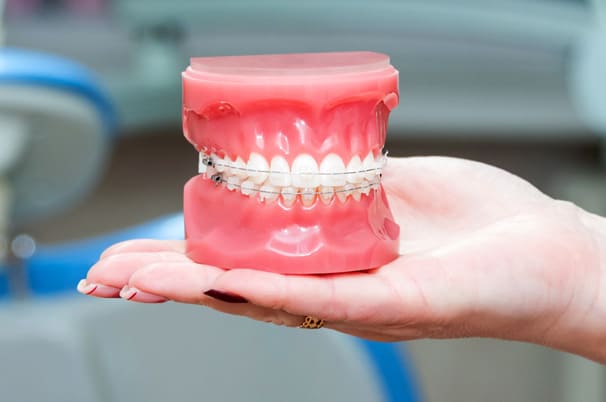Parts of Braces
Braces are the most effective means for correcting orthodontic problems. They are made up of several important components that allow Dr. Stormberg to create beautiful smiles.
What Are the Different Parts of Braces?
Dr. Stormberg strives to provide the best treatment for each patient based on their unique needs. If you have crooked or crowded teeth, you may need braces. There are different types of braces available, but it helps to know the different parts of braces when choosing the one that’s best for you.
Archwires
The wire portion of braces is also commonly known as “archwires.” These are the parts of braces that help to gradually shift the teeth into their proper position. Depending on the specific issues with your teeth, your La Mesa orthodontist will determine the depth of thickness you need in the archwires in your braces. LIght, round, nickel titanium archwires are first used to help rotate and level the teeth. Thicker or rectangular shaped archwires are used to detail, close spaces, adjust your bite with elastics and stablize. The brackets slide along the wires and your teeth reposition into a better position. Each bracket has a specific prescription designed by Dr. Stormberg to level and align each tooth into their ideal position.
Brackets
Brackets are the small metal squares attached to the teeth to hold the wires of your braces in place. Depending on the type of braces you choose, they adhere to the front of the teeth. The brackets keep the archwire secure so that it can move the teeth. Brackets can be made from metal or ceramic. Usually, when they are ceramic, it’s because the patient prefers ceramic braces, which are harder to see and blend in better with the natural color of the teeth.
Elastics or Ligatures
Alastics or metal ligatures, are the parts of braces that keep the wires and brackets together. The alastics are rubber bands that you can select in different colors when getting fitted for braces at Stormberg Orthodontics. The purpose of these parts of braces is to aid in the proper alignment of the teeth by holding the archwire in place. Metal ligatures are used if the archwire does not lie passively in the bracket, helps to level or rotate a crooked tooth. It’s like tying your shoes to keep them in place
Bands
Bands are metal rings that fit around the molars and even premolars if a child gets braces. Dr. Kurt Stormberg will ensure that these parts are properly sized to fit your needs before sealing them to your teeth with dental cement. Depending on the problem, bands can be hooked into different areas of the teeth. Learn about the colors you can choose to personalize your braces.
Hooks
Hooks are pieces made of metal that are either welded or removable. They connect to the brackets on a set of braces so that elastics or ligatures can be attached in place.
Coil Springs
Coil springs fit between the brackets and over the archwire to push the teeth outward when there is an issue of crowding.
Separators or Spacers
Some patients need separators or spacers, which are like tiny rubber bands, on the molars. These are used for one week to push the molars apart to create enough space to place a band.
Molar Bands
Molar bands are made of metal and attached with rubber bands to the teeth in the back of the mouth. They help along the process of allowing the teeth to move and properly align.
Power Chains
Power chains are used in much the same way as elastics or ligatures. However, they are even stronger and help to prevent gaps or close spaces between the teeth.
Palatal Expander
Palatal expanders are used to widen the upper arch. A La Mesa orthodontist can use it to address the problem of a crossbite or narrow upper teeth. Usually in place for about three months. The upper teeth should fit completely over the lower teeth. A smaller, transpalatal (across the palate) bar will be placed once the expansion is completed.
Braces can help straighten your teeth and address other issues that can improve your smile and boost your confidence.
How it Works

1. Getting to Know You
Your first visit to our office is the beginning of your orthodontic journey, and we’re just as excited as you! We take complimentary Xrays and images of your teeth and Dr. Stormberg performs a thorough examination of your teeth, mouth, and gums.

2. Custom Treatment Plan
Dr. Stormberg creates a customized treatment plan for each patient to ensure you reach your full smile potential! At Stormberg Orthodontics, we want to help you get the smile that you love with treatment as convenient as possible.

3. Your New Smile
We pride ourselves on giving our patients beautiful, healthy smiles that last a lifetime and that dedication doesn’t end when your braces are removed. Stormberg Orthodontics offers a variety of retainer options to find the best fit for your smile and lifestyle.
Just Moved? We Are Accepting New Patients!
FAQs from Dr. Kurt Stormberg
What are you waiting for?
Smile Brighter Today!


